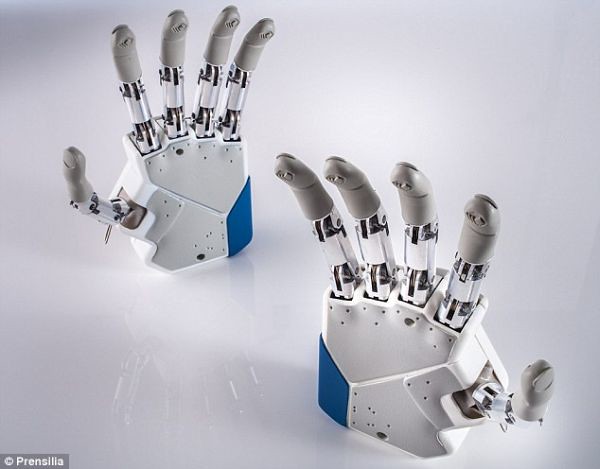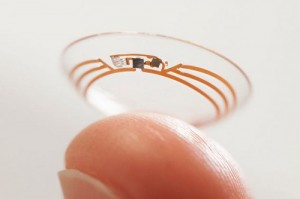I am sure at one point or another all of us have yawned while watching someone else yawn. I can guarantee that by the time you finish reading this article you will have yawned at least once. So why is it that every time we see, read or hear someone yawning we are inclined to do so as well? In order to answer this question we have to first learn the science behind yawning.

Source: Google Images
https://farm1.staticflickr.com/192/492459548_8773a9d3b3_z.jpg
Yawning is an involuntary reflex that is commonly associated with relaxation and fatigue. Physiologically, as our jaw drops there is increased blood flow to our neck, face and brain. The air that is inhaled during the yawn cools the blood, which is then cycled back to the brain. Why does cool air to the brain matter? Well studies have shown that a cooler brain may increase alertness and the ability to process information more efficiently.
Aside from the physiological aspect, yawning has a lot to do with the social environment surrounding us. Studies have shown that yawning is linked to empathy, which is the ability to understand what someone else is feeling and share in their emotion. This is the reason why we are happier when surrounded by people who are happy and why we are sad when surrounded by people who are sad. In the same way scientists have found that by the time we are four or five years old, we begin to recognize contagious yawning and partake in it as an emotional response. Additionally, studies also show that we are more likely to catch a yawn from people that we share a strong bond with, like family and friends, versus strangers. Interestingly enough this same behaviour has also been observed in chimpanzees and dogs. In following video, Michael from Vsauce gives a more in depth explanation on both the physiological and social aspects of yawning, as well as why it may be contagious.

You may wonder why is research on yawning important? The answer to this question lies in the research being done to improve the behaviour of patients diagnosed with autism. Studies have shown that kids with autism are half as likely to yawn and kids with severe cases may not yawn at all. This is because they cannot form the empathetic link that individuals without autism can. This relationship between autism and yawning can be crucial in understanding and diagnosing a cure for autism.
After doing all the research, it was interesting to find that there are many theories about why yawning is contagious. I found that the wide belief is in consensus with Dr. Adrian Guggisberg’s hypothesis. His hypothesis states that empathy is the main cause of contagious yawning and that physiological effects can be deemed negligible since they are far too subtle to be conserved throughout evolution. So the next you see someone yawn, know that it is only human nature to do so yourself.
Vishav Gill




